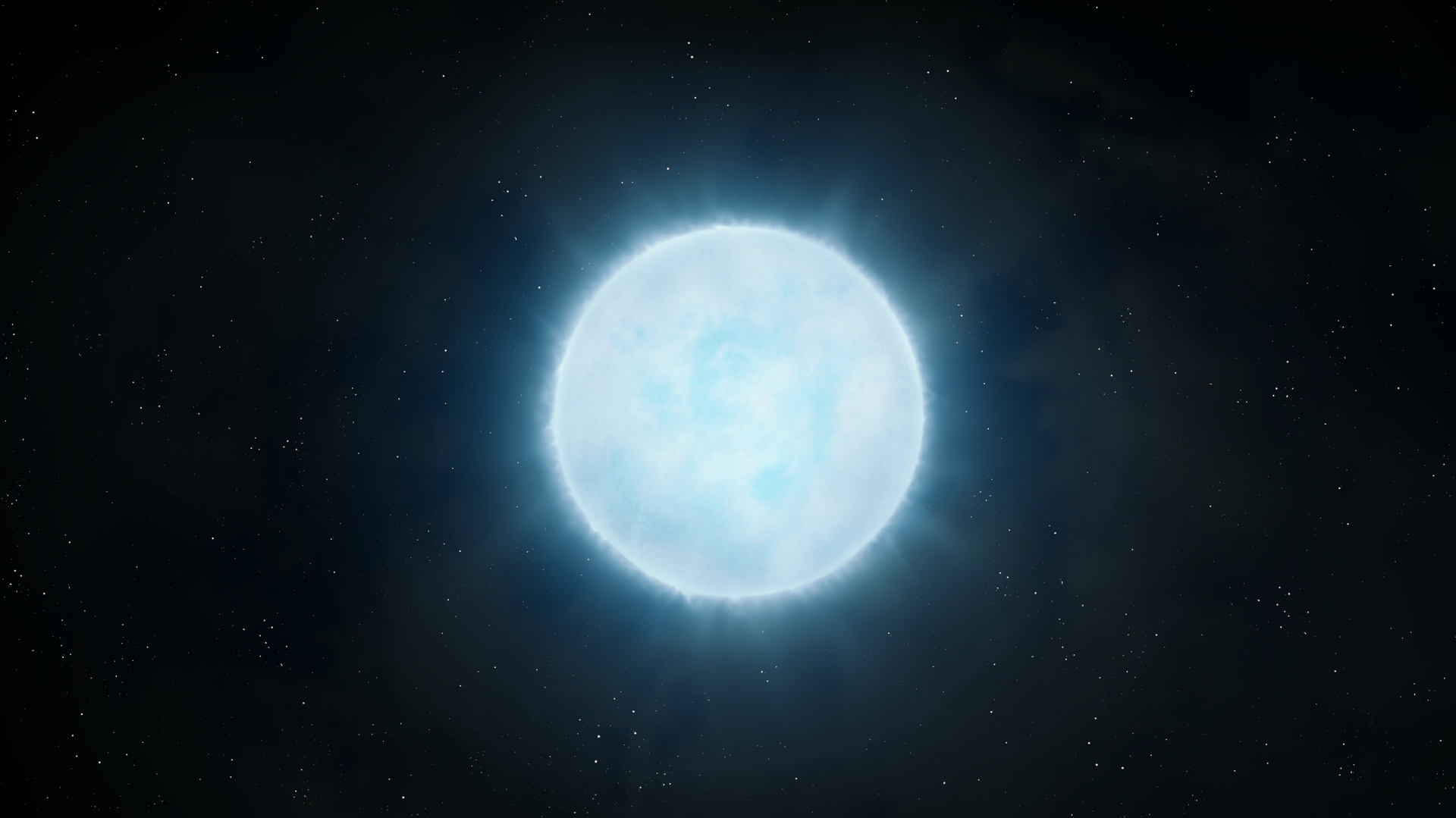Microsoft and NASA Team Up On 3-D Space Images
WorldWide Telescope, Microsoft’s galactic version of Google Earth, has been steadily increasing its fidelity ever since it launched in 2008. Now, thanks to a new collaboration with NASA, WorldWide Telescope has produced the most detailed spherical image of the heavens to date, along with a new 3-D, true color map of the surface of Mars.
As part of the new user experience in the WorldWide Telescope, Microsoft is also announcing a first of its kind: a high-resolution spherical TeraPixel sky map now available to viewers within the virtual telescope.
The sky map is the largest and highest-quality spherical image of the sky currently available and was created from data provided by the Digitized Sky Survey, a collection of thousands of images taken over a period of 50 years by two ground-based survey telescopes. When those images are combined and processed, the TeraPixel image provides a complete, spherical, panoramic rendering of the night skies that, if displayed at full size, would require 50,000 high-definition televisions to view. The new high-quality image will give scientists with the ability to navigate through space dynamically to make their own discoveries.
Similarly, the Mars map features fully interactive images and a new NASA dataset that allow viewers to virtually explore the Red Planet and make their own scientific discoveries. New features include a true-color map of Mars, astonishing 3-D rendering of the surface of the planet, and exclusive interactive video tours with two noted NASA scientists, James Garvin, Ph.D. of NASA’s Goddard Space Flight Center, and Carol Stoker, Ph.D. of the NASA Ames Research Center.
“With this release, NASA and Microsoft Research are providing an entirely new viewing experience in WorldWide Telescope,” said Chris Kemp, chief technology officer for IT at NASA Headquarters, Washington, D.C.
“By providing the Mars dataset to the public in Microsoft’s WorldWide Telescope platform, we are lowering the barrier of access to this information and enabling a whole new audience to experience the thrill of space.”
- Bing Maps Provides A New View of the 2010 Tour de France
- Virtual Telescope Brings Universe Down to Earth
- NASA Teams With Microsoft to Offer Space Shuttle in 3-D
Breaking space news, the latest updates on rocket launches, skywatching events and more!
Stuart Fox currently researches and develops physical and digital exhibit experiences at the Science Liberty Center. His news writing includes the likes of several Purch sites, including Live Science and Live Science's Life's Little Mysteries. He's a former contributing writer for Space.com in the areas of Technology, Satellites, and Human Spaceflight. His works also appeared online for SpaceNews and Popular Science.
